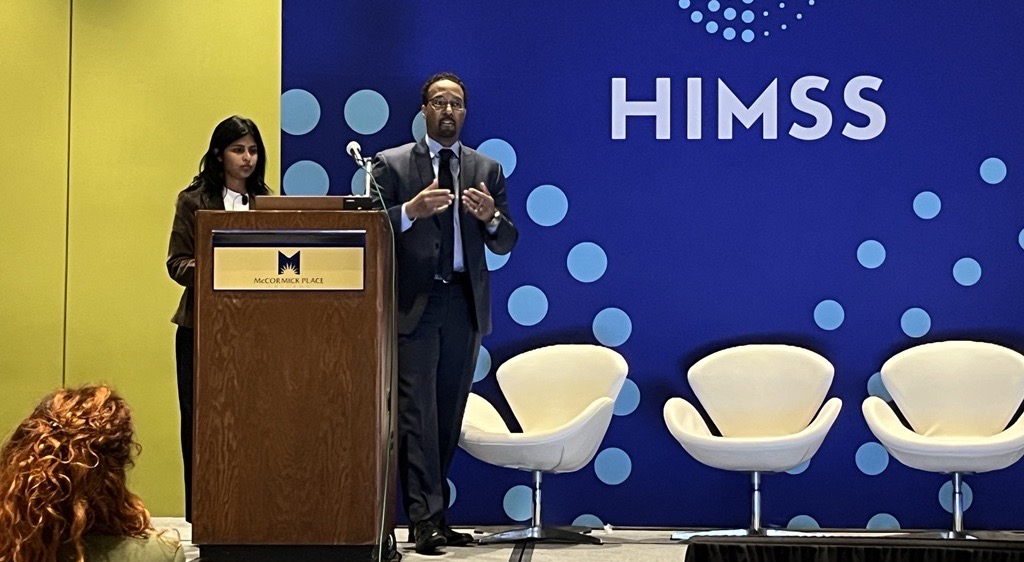
One of the key tenets of New York City-based Mount Sinai Health System’s remote patient monitoring program is choosing easy-to-use devices that don’t require extra technology on the patient’s end, said Cathleen Mathew, director of condition management and population health.
The program, which went live in 2020, is largely focused on hypertension, but the health system also includes monitoring for heart failure, pregnancy, COPD, diabetes and COVID-19.
“So 40% of our patients we’ve identified do not have a smartphone at enrollment. Fifty-two percent of these patients live in an area where broadband access can be an issue. However … the patients in our program are very highly engaged. On average, 70% of patients are testing every other day,” Mathew said at HIMSS23. “So that really kind of speaks to the point that by providing patients with devices that are easier to use, even if they may not seem tech savvy necessarily, with the right support, we’re able to meet them where they are and get to these goals.”
Darryl Hollar, director of digital health at Mount Sinai, said it’s also important to have clear lines of communication with leadership and a strategic direction, as a number of different departments across the health system wanted to use RPM in the wake of the COVID-19 pandemic.
“To be able to support 12 different vendors, 12 different platforms, just so that one department can have a specific RPM solution that fits their needs, that’s not sustainable as you grow,” he said. “So we will go with a model that’s still flexible, but limited in terms of the number of solutions that we leverage.”
Health systems need to be sure data will make it from the patient to the provider 100% of the time, or the health system needs to be aware of a breakdown before a patient needs to call and ask what happened with their latest check-in.
“Spending the time, the resources, the energy, the money upfront, it is burdensome. It’s a long, laborious process,” Hollar said. “But at each point where data is moving from a different platform to another, you have to make sure that you know it’s going to get across or you know why it didn’t get across.”
Suchi Saria will offer more detail in the HIMSS23 session “Responsible AI in Healthcare: Application to Development Governance.” It is scheduled for Wednesday, April 19, at 2:30 p.m. – 3:30 p.m. CT in the South Building, Level 5, room S503.

